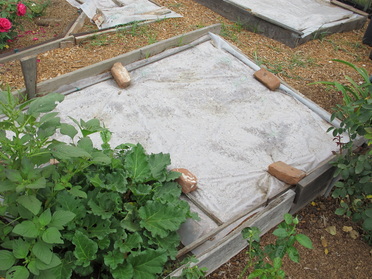
It’s a simple process, but must be left in place for a minimum of 6 weeks and preferably longer during the hottest time of year. In cooler areas like the coast, a longer period may be necessary.
In my Altadena garden years ago, I eradicated a 6’ X 5’ patch of Bermuda grass by leaving a padded black tarp on for 6 months, from May through November. It was my Thanksgiving and Christmas presents to myself that “overdoing” the light- and water-exclusion technique resulted in nary a blade of Bermuda ever plaguing my garden again.
The University of California has since developed its own technique that can be used in any scale garden or farm. For a full discussion, go to http://ipm.ucanr.edu/PMG/PESTNOTES/pn74145.html
Here’re the basics
- Choose a time of year when days are long, air temperatures are high, skies are clear, and there is no wind. Generally, in inland California, this will be June through August; along the coast, this will be August through September.
- Using a clear plastic tarp, the top 6 inches of the soil will heat up to as high as 140°F, and the heat trapped down to 12-18 inches will kill a wide range of those problems. The greatest effect is at the surface of the soil, and it decreases at deeper soil depths. Control is best in the upper 6 inches.
- Solarization can also improve soil structure availability of nitrogen and other essential nutrients for growing healthy plants.
- Many beneficial soil organisms survive solarization or recolonize the soil quickly afterwards.
Here’s the method
- Cultivate and remove plant matter, adding amendments since disturbing the soil after solarization may bring up new viable weed seeds and pathogens.
- Level and smooth the soil bed so plastic will lie flat with few air pockets.
- Irrigate the soil to at least 12 inches deep just before laying down the plastic.
- Choose plastic: clear or black? Clear plastic will enable more heat to pass through into the soil. Black plastic will absorb and deflect part of the heat; but when air temperatures are too low to kill weeds, the black’s light-exclusion may kill them.
- Choose plastic thickness. Use 1-mil thickness for greater heating, but it’ll more easily tear or break down more quickly in sunlight. Use 2- or 4-mil in windy areas or for longer periods of time. In cooler areas, use double layers with air spaces created by plastic bottles or PVC pipes between layers to raise soil temperatures.
- Lay plastic close to the soil, and anchor so there will be no “sailing” during breeze gusts.
- Leave in place for at least 6 weeks during the warmest time of year, so daily maximum temperatures in the top 6 inches of soil are at or above 110-125°F. Leave in place longer to assure more success.
- Remove plastic, and cultivate the soil as little as possible (less than 2 inches deep) to avoid bringing up viable weed seed and remaining pathogens.
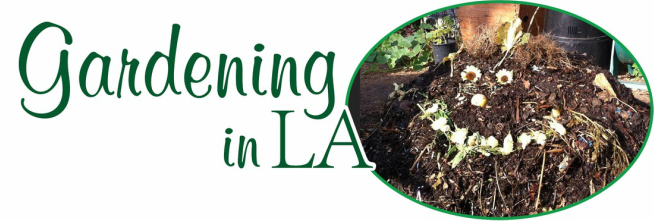
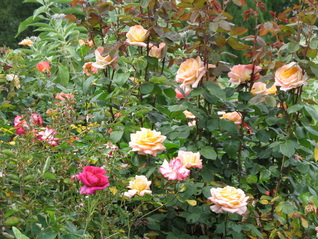
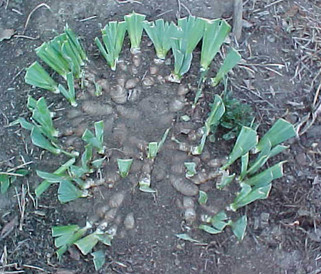
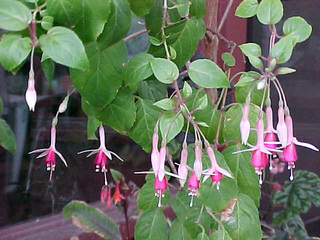
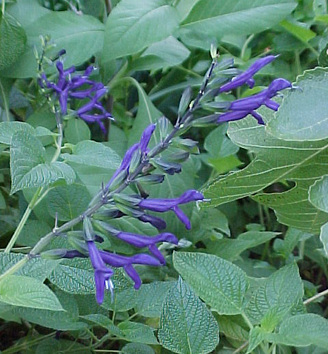
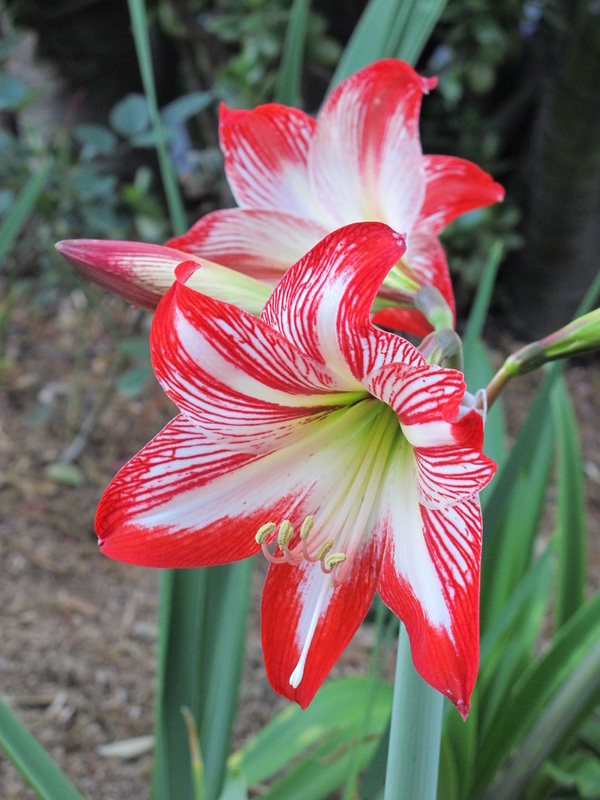
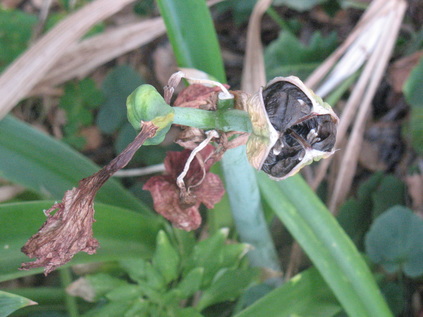
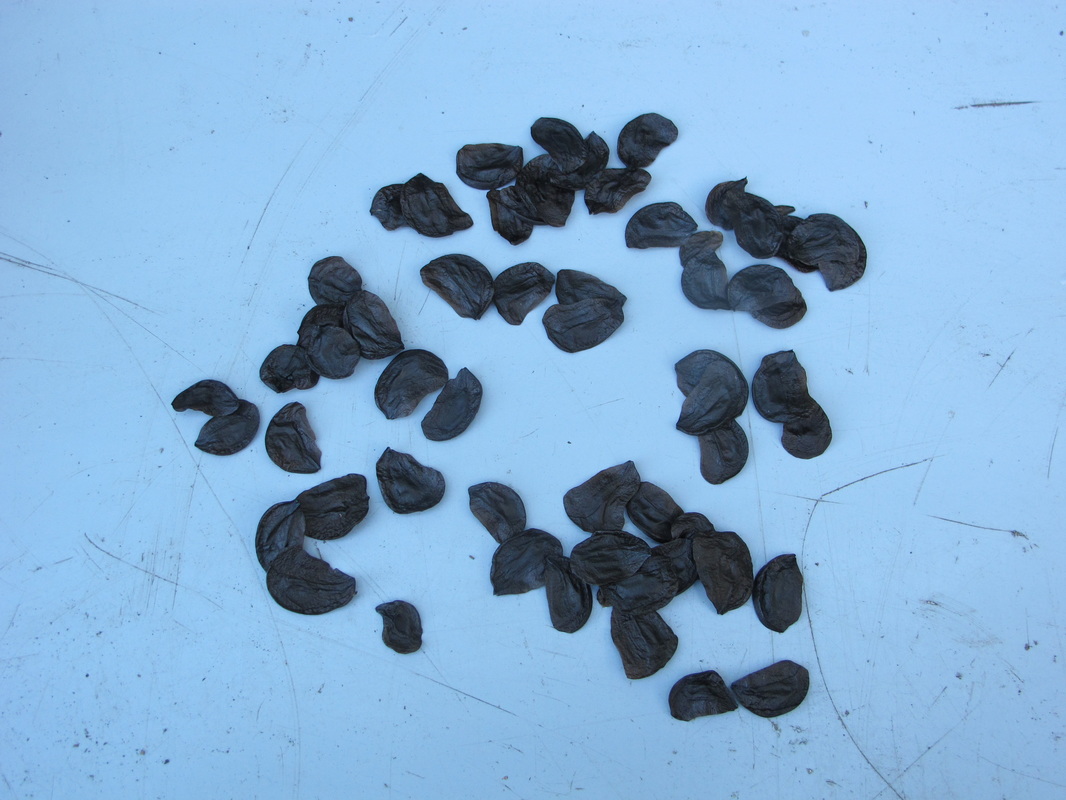
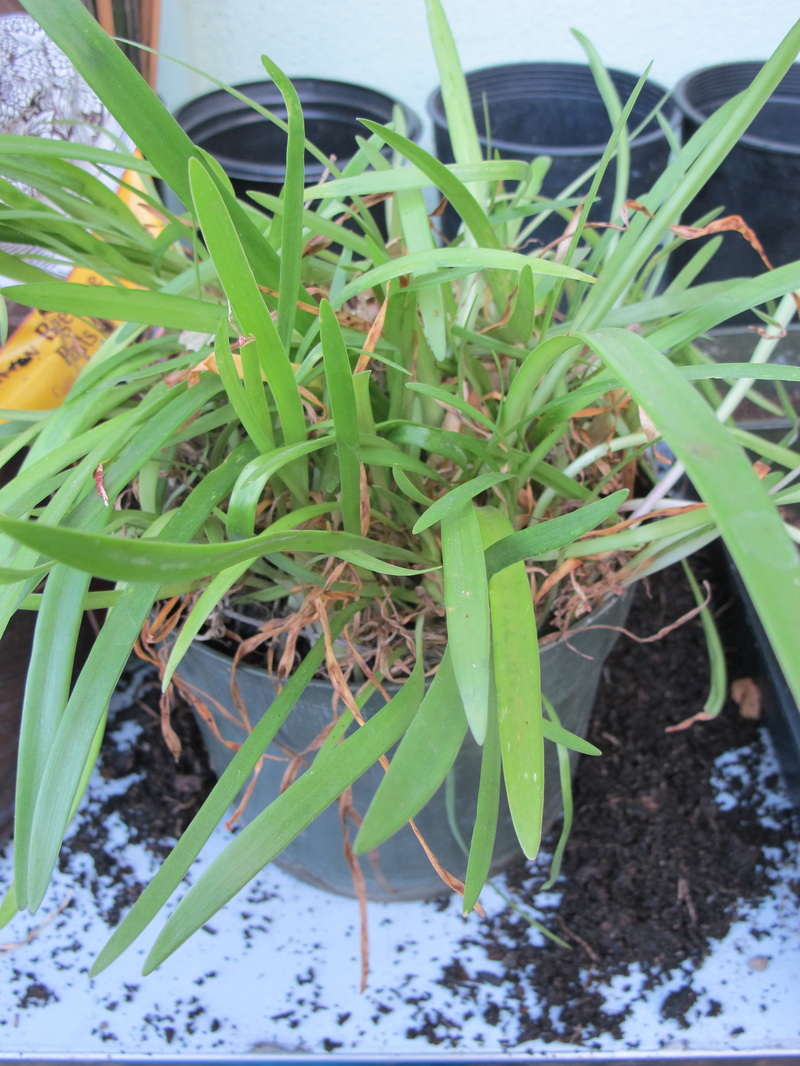
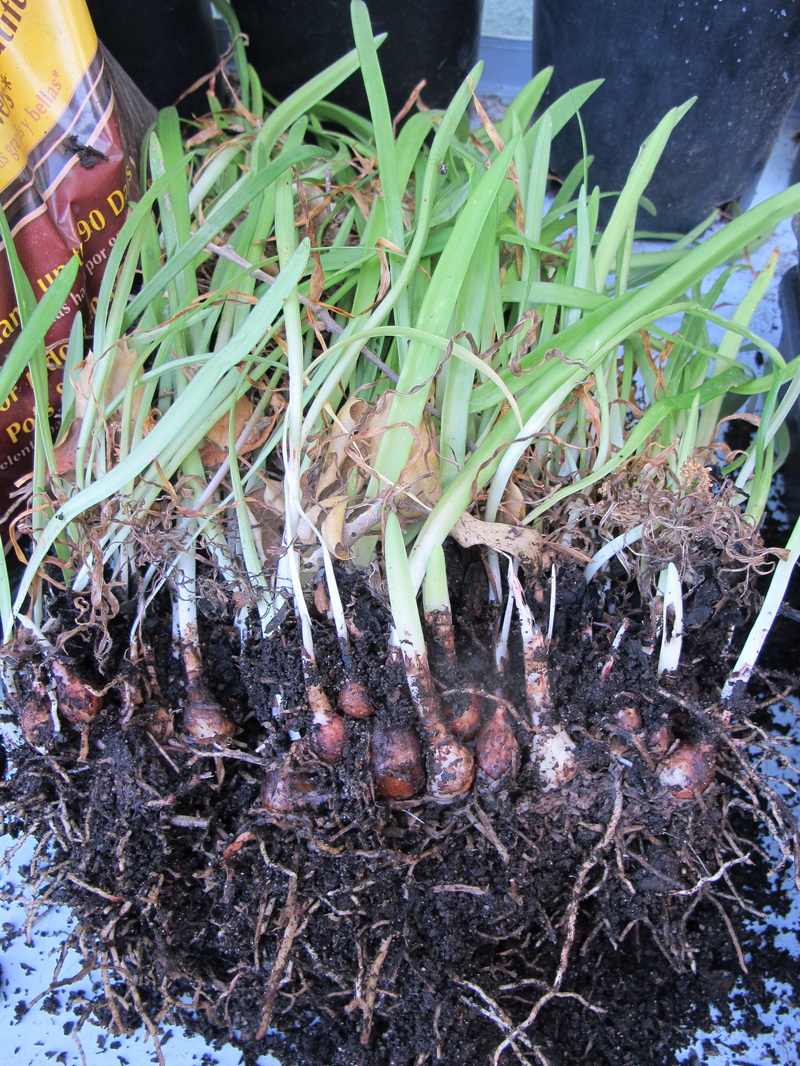
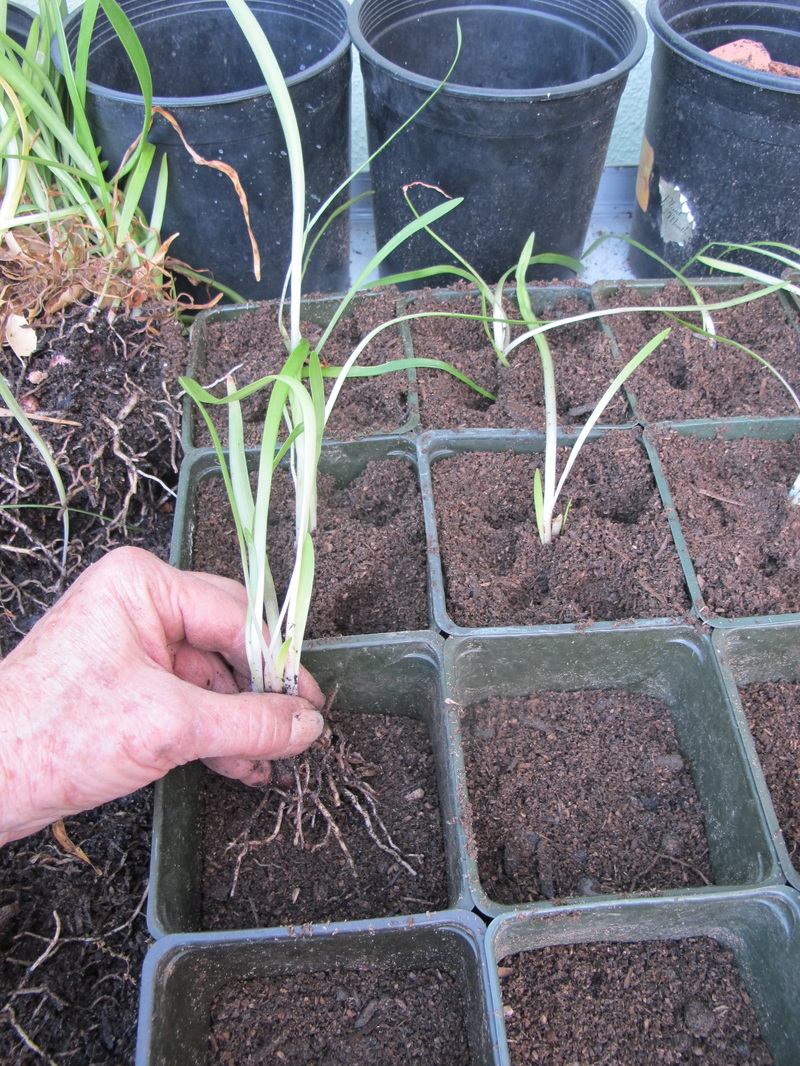
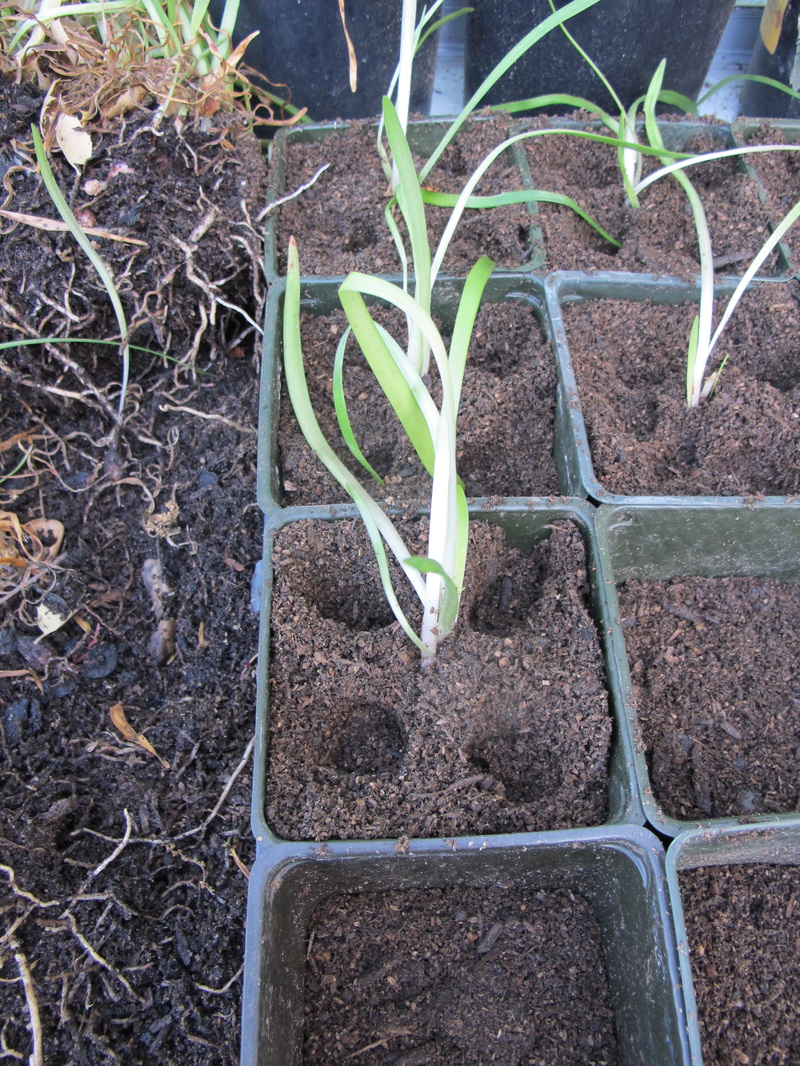
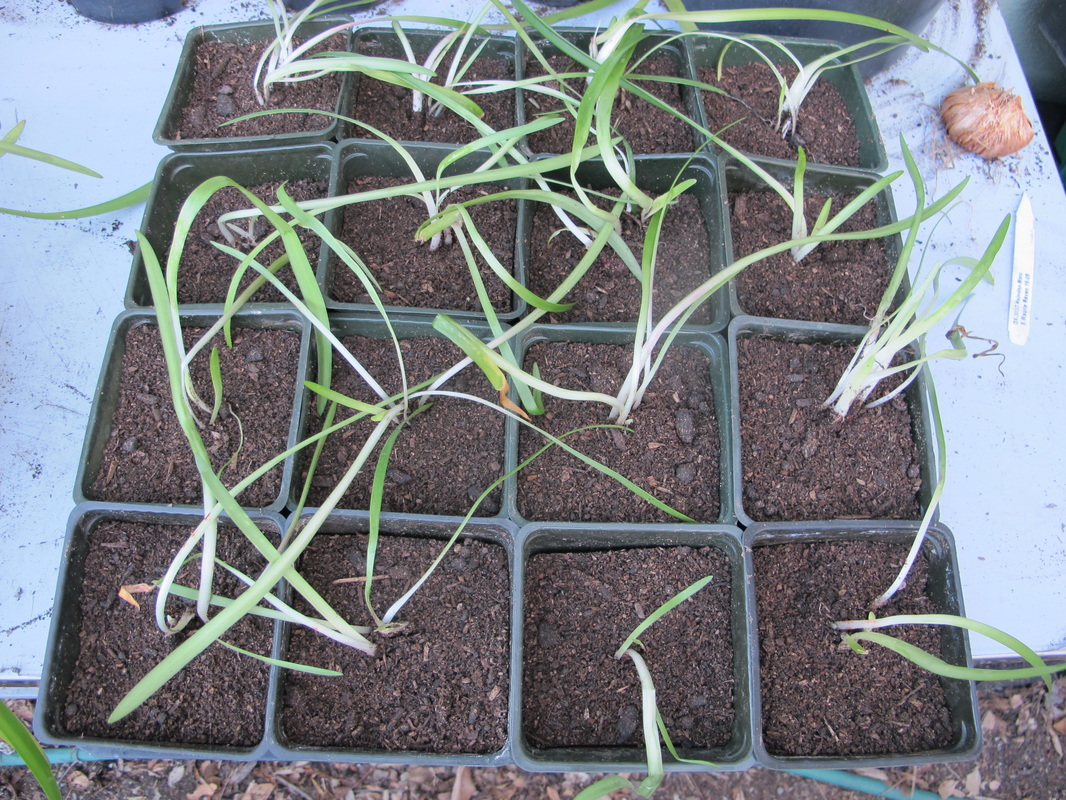
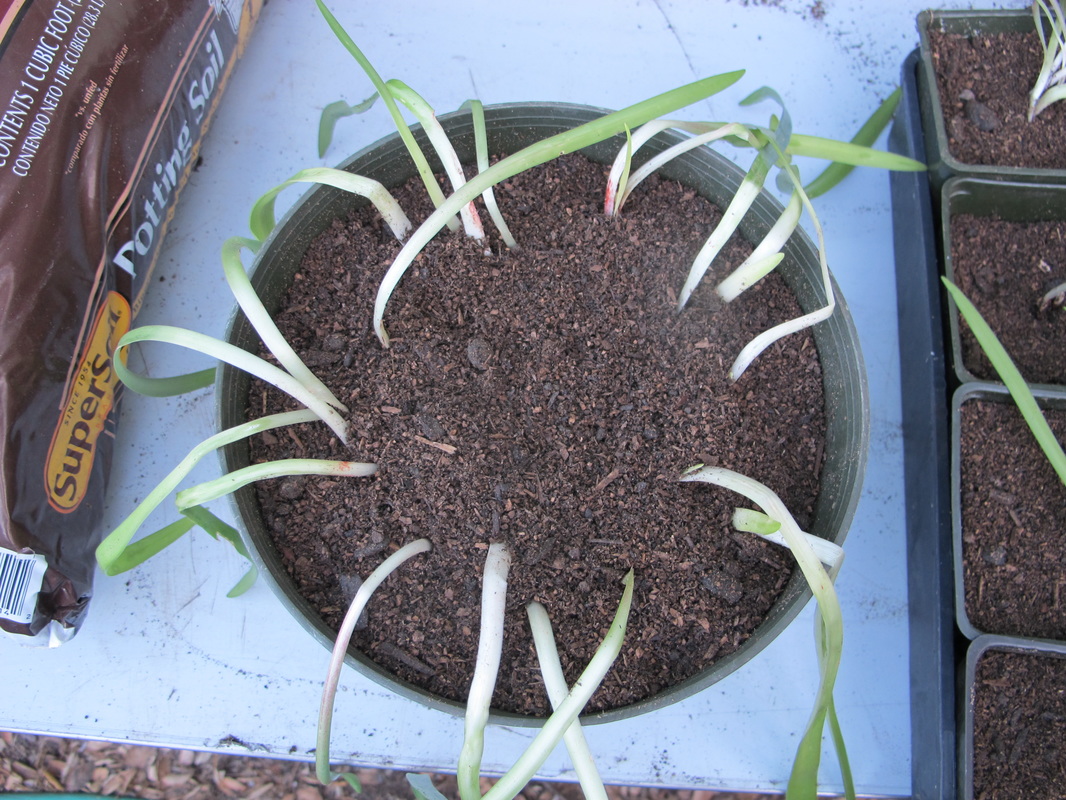
 RSS Feed
RSS Feed